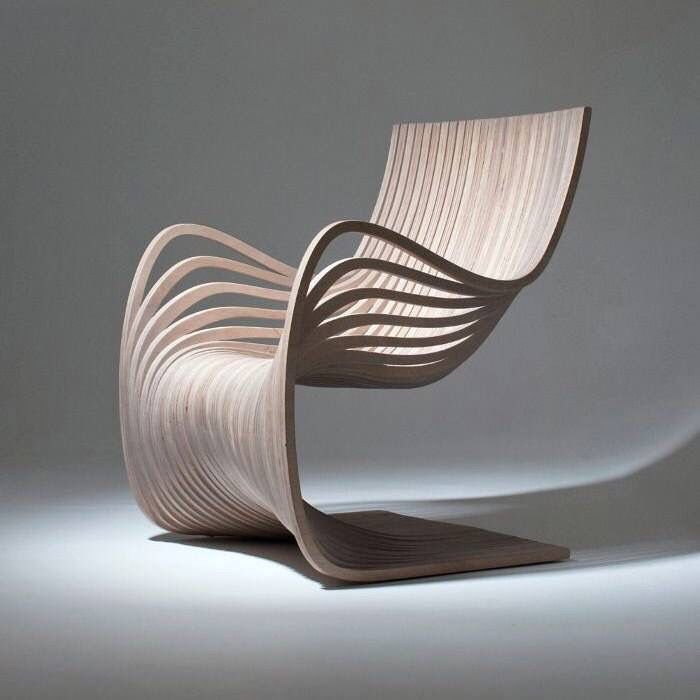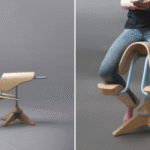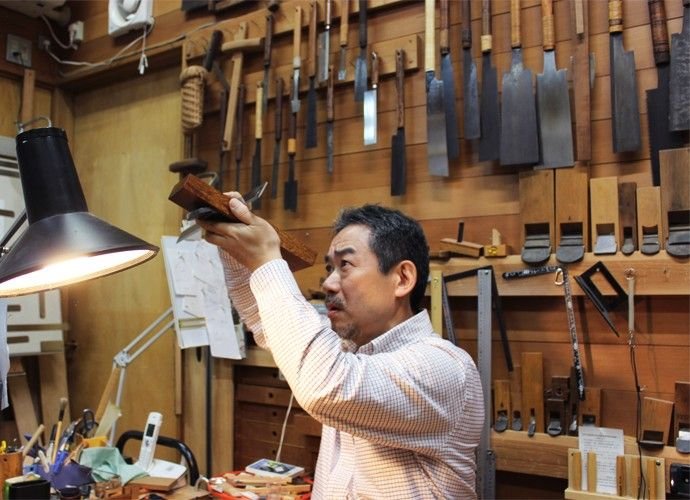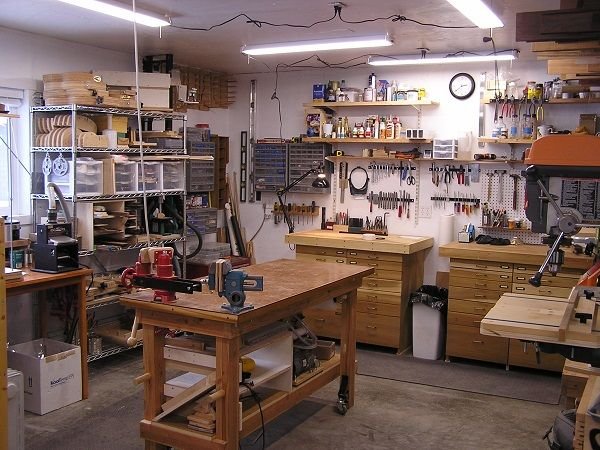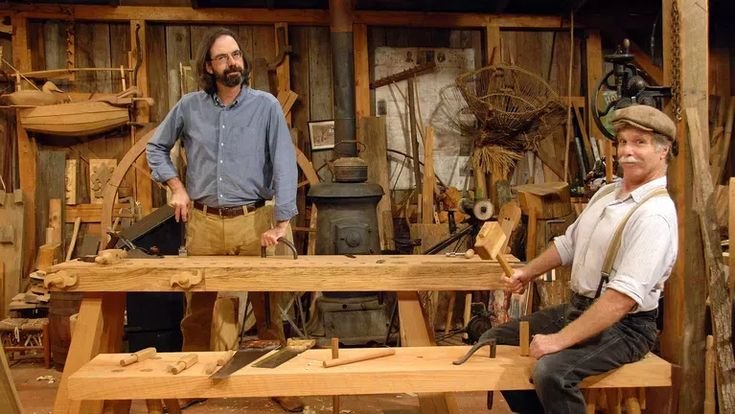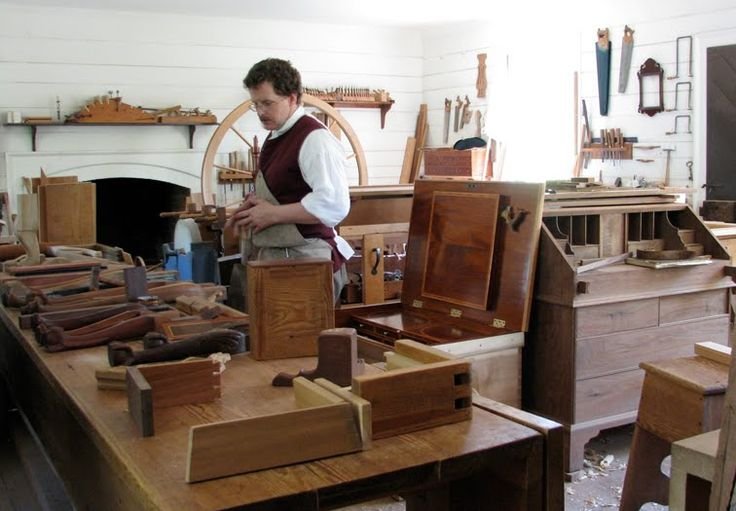Finding Beauty in the Mess: My Journey into Abstract Woodworking
So, let me set the scene for you: I’m sitting here on a long, reasonably quiet Saturday afternoon, my cup of coffee steaming beside me, and the scent of fresh-cut cedar still lingers in my garage. I’ve been hunting through my memories of the first time I really dived into this abstract woodworking thing. Believe me, it’s a bit of a tangled web, like the piles of scrap wood you find piled high in the corner of my workshop.
I’d never imagined myself as a woodworker, you know? My grandfather had a workshop, filled to the brim with tools and half-finished projects. But the idea of creating something actually artful? That was a different animal altogether. It was only a couple of years back that I decided to give it a shot, pushed by that age-old itch of ‘why not?’
The First Project: A Hot Mess
I remember my first real attempt at creating something abstract. Picture this: I was inspired by a fancy Pinterest board (big mistake there, right?) filled with amazing pieces featuring wood, epoxy resin, and a kind of dreamy aesthetic that just seemed to float off the screen. I thought, “I can do that.” So, there I was, picking up some maple and walnut from the local lumber yard—my favorite, Miller’s Lumber—where the air smells like a mix of fresh sawdust and your granddad’s basement.
I had my hands on a jigsaw, which, let me tell you, I didn’t entirely know how to handle just yet. The first cut went okay, but my buddy Dave warned me, “Watch your fingers, man.” Easier said than done when you’re trying to make these swooping lines that just look so darn easy in videos. Me? Well, I ended up with a piece that looked like a lumberjack had a rough night.
The Moment of Truth (and Doubt)
I almost gave up when I realized how uneven everything was. I was standing there, surrounded by these splintered pieces of wood, and I was about to throw in the towel. But then something kicked in. I remember just laughing, honestly. The thought that I could make something beautiful from this mess was absurd. After a cup of coffee (or two), I decided to turn my ‘almost disaster’ into something slightly less disastrous. I trimmed down the edges, made more curves, and, boy, was there a lot of sanding. You would not believe how much dust floated into the air—tiny specks that made the whole garage feel like it was dancing in golden light.
I put together a kind of abstract wooden “wave” thing, and it really started taking shape. I slapped on some finish—made it all shiny and warm—and, to my shock, it almost looked presentable. Almost. The edges weren’t perfect, the glue wasn’t quite set in air, but it had character, you know?
Tools, Patterns, and Inspiration
One thing I learned the hard way was to invest in quality tools. My first sander was, uh, let’s just say it had seen better days. You could hear it whirring and then sputtering like it couldn’t decide if it wanted to live or die. Not ideal, especially when you’re seconds away from deciding whether that rusted corner on your piece is “artistic” or just plain unintentional. I finally upgraded to a DeWalt model, and let me tell you, that little monster vibrates like a joyfully hummingbird and makes all the difference.
I also started to understand patterns better. They don’t have to be perfect; in fact, often the beauty lies in their flaws. I mean, isn’t that what makes something handmade so special? Every piece I create carries with it my clumsy fingerprints, a little bit of sweat, and maybe the occasional curse word when something goes wrong.
The Joys of Epoxy
Then came my experimentation with epoxy. I decided to encapsulate some wildflowers I’d picked fresh from my mother’s garden into a table. I thought it’d be just peachy—mix in some resin, add a touch of color, and boom! But as I poured it in, I learned the hard way that resin doesn’t wait for you to figure out what you want to do. You’ve got to be quick; otherwise, you end up with a sticky mess everywhere, glueing your fingers together like a toddler with finger paint.
But when it finally set, I stood back and couldn’t help but smile. I laughed when it actually worked. There was something about that table, with the flowers forever encased in a perfect bubble of clarity—it felt like I captured a piece of real beauty.
Lasting Lessons
It’s funny—every mistake I made, every moment I thought about throwing in the towel, turned into a stepping stone. Even now, with my projects spread across the garage floor, I still have more fails than wins. But I’ve come to treasure those moments, like the smell of sawdust and the soft hum of a sander. They’re part of me.
So, if you’re thinking about trying this whole abstract woodworking thing—or any creative venture, honestly—just go for it. It doesn’t have to be perfect, and it definitely won’t be. But somewhere between the mishaps and the magic lies the real beauty. And that’s something worth chasing.
A Warm Takeaway
Just embrace the chaos of creating. You might find beauty where you least expect it. And maybe, just maybe, you’ll surprise yourself with something genuinely unique—something that tells your story, filled with all the little hiccups and laughs along the way.

